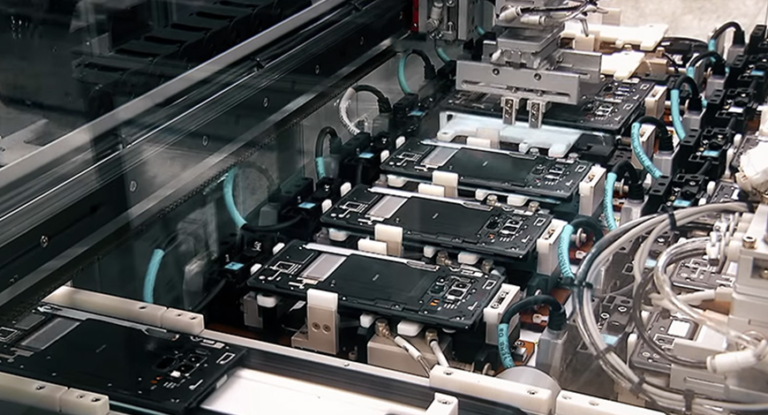What will scientists learn from James Webb Space Telescope
The James Webb Space Telescope’s first images contain abundant scientific insights which scientists are ready to explore and pursue.
Into the deep
Webb’s first image which was released Monday, shows the deepest and sharpest infrared image of the distant universe so far, “Webb’s First Deep Field.” The white circles and ellipses are from the galaxy cluster in the foreground called SMACS 0723, as they appeared more than 4.6 billion years ago, roughly when our Sun formed too. The reddish arcs act as gravitational lens that are from light from ancient galaxies that has traveled more than 13 billion years, bending around the foreground cluster.
NASA astrophysicist Jane Rigby stated that the image can tell us more about mysterious dark matter, which comprises 85 percent of matter in the universe and is the main cause of the cosmic magnifying effect. The composite image, practice run was 12.5 hours, if given longer exposure time, Webb will break all-time distance records by gazing back to the first few hundred million years after the Big Bang, 13.8 billion years ago.
The hunt for habitable planets
Through a technique called spectroscopy Webb captured the of water and undetected evidence of cloud and haze in the atmosphere surrounding the hot and puffy giant planet called WASP-96 b orbiting a distant star like our Sun. WASP-96 b is one of more than 5,000 confirmed exoplanets in the Milky Way. Astronomers bare more excited to explore the prospect of life supporting evidence.
Death of a star
Webbs cameras captured a dying star cloaked in dust in stellar graveyard in the Southern Ring Nebula, which will eventually lead to rebirth.Astronomers will use Webb to delve deeper into specifics about “planetary nebulae” like these, which spew out clouds of gas and dust.
A cosmic dance
Stephan’s Quintet, a grouping of five galaxies, is located in the constellation Pegasus. Webb was able to penetrate through the clouds of dust and gas at center of galaxy to gaze at new insights such as the velocity and composition of outflows of gas near its supermassive black hole. “you learn how the galaxies collide and merge,” said cosmologist John Mather, also telling that our own Milky Way was probably made out of 1,000 smaller galaxies. Understanding the black hole better will at the center of the Milky Way, which is submerged in dust.
Stellar nursey
The most beautiful image is that of the stellar nursery “Cosmic Cliffs” from the Carina Nebula. Webb has revealed start formation which were previously invisible, which will lead to tell us more about why stars form with certain mass, and what determines the number that form in a certain region.
Webb project scientist Klaus Pontoppidan explained that They may look like mountains, but the tallest of the craggy peaks are seven light years high, and the yellow structures are made from huge hydrocarbon molecules. Nebular material can also be from our origin. he said that, “this may be the way that the universe is transporting carbon, the carbon that we’re made of, to planets that may be habitable for life.”
Also Read: A 3400 Years Old City in Iraq is Discovered During Drought
The great unknown
The most exciting part in all of this exploration is the journey into the unknown, said Straughn. Hubble played a key role in discovering that dark energy is causing the universe to expand at an ever-growing rate, “so it’s hard to imagine what we might learn with this 100 times more powerful instrument.”







